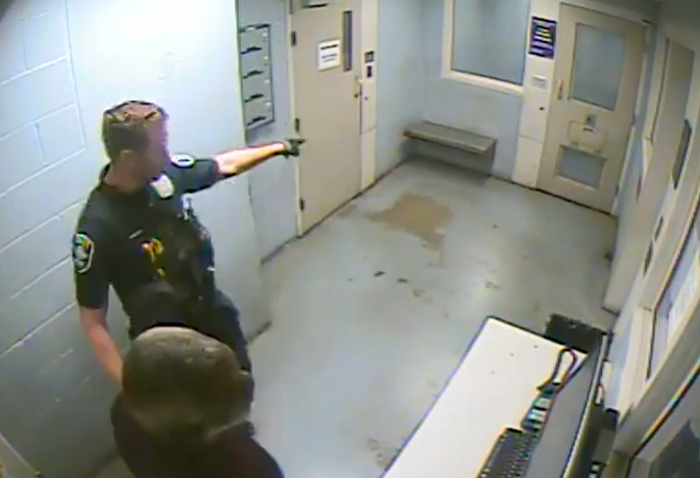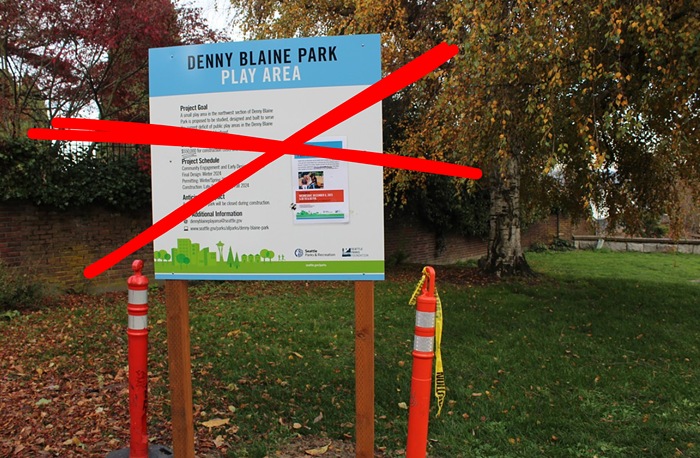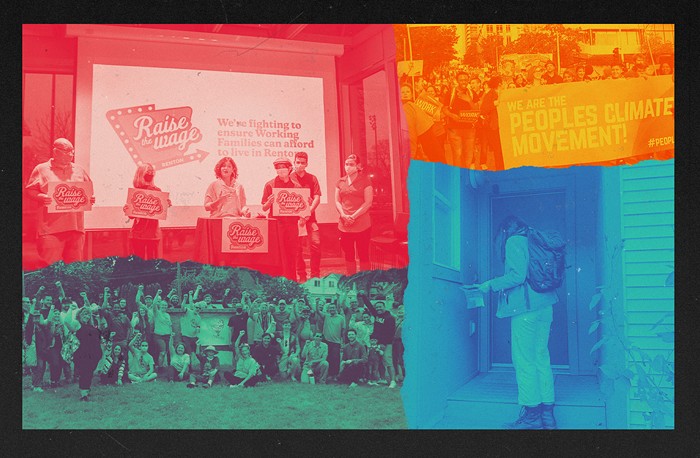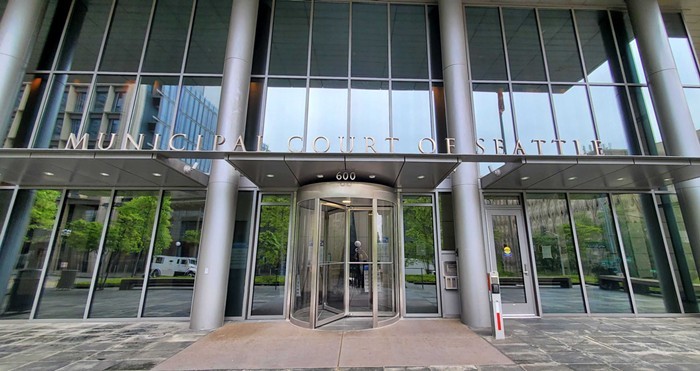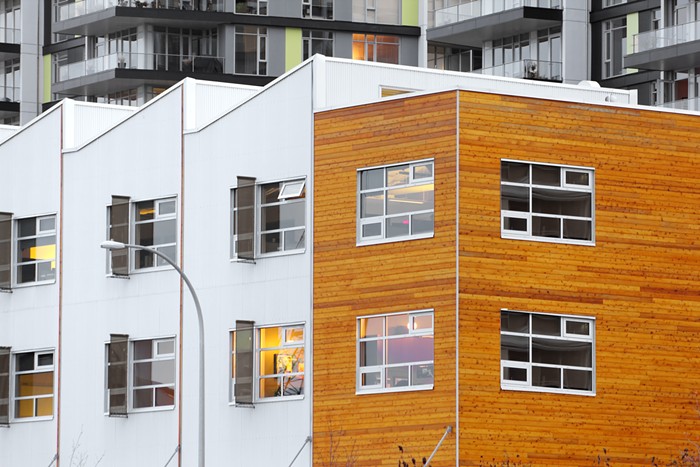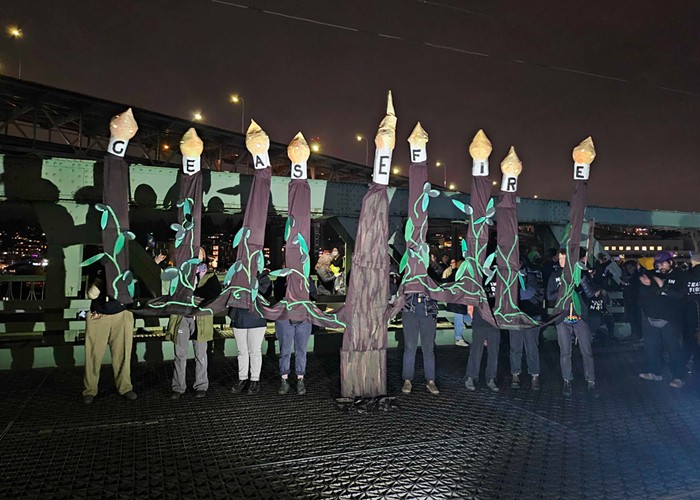As advocates for the no-highway Alaskan Way Viaduct proposal scrambled to set up for a last-minute panel discussion at Town Hall on May 22, representatives for the Washington State Department of Transportation (WSDOT) gathered at Plymouth Congregational Church a few blocks away to present proposals for the viaduct that included every option but the no-highway alternative.
The nearly simultaneous events—one by a group that included environmentalists and road skeptics, the other by an agency whose mission is to build highways—provided a clear juxtaposition. At the Plymouth event, one of several open houses WSDOT has planned to introduce its two preferred viaduct alternatives (a $4.5 billion tunnel and a $3.1 billion viaduct replacement), only one of the 31 displays (titled "What Options Are No Longer Being Considered?") addressed the no-highway option. "The 110,000 vehicles that currently use the viaduct each day can't be moved to Interstate 5 and surface streets," the display proclaimed. "If the viaduct was not replaced, traffic along Alaskan Way would more than quadruple and congestion would last most of the day."
"We have 110,000 vehicles today, but we expect demand to grow," assistant viaduct project manager John White said. That presumption is the linchpin of WSDOT's viaduct planning, which assumes that drivers are unwilling to change behavior in response to increased congestion.
Over at Town Hall—at an event sponsored by the People's Waterfront Coalition, the Sierra Club, and others—another group of experts offered a different, and more hopeful, perspective. Congress for the New Urbanism head John Norquist, in Seattle for a series of events promoting the removal of waterfront highways, including the viaduct, argued that cities that have torn down freeways have seen reduced congestion and revitalized downtowns. Counterintuitive though that idea may seem, Norquist said, traffic actually moves more effectively through the street grid than on large single-purpose arterials. Norquiest, the former mayor of Milwaukee, led a successful effort to tear down a waterfront freeway there in 2001. "The complexity of the street grid absorbs [traffic] flooding and gives people the chance to use their brains and pick routes" instead of relying on a single freeway. Conversely, Norquist said, cities that are dominated by large urban highways, like Houston and Detroit, are more auto-dependent and congested than cities that have torn freeways down.
Some have speculated that the no-highway option may win out even if it doesn't make it onto a November ballot, because so much of the money for both of WSDOT's options (between $500 million and $2.1 billion) remains unsecured. The no-highway option, which would improve surface street connections and pay for some improvements to I-5 and transit, is estimated at just $800 million.
barnett@thestranger.com